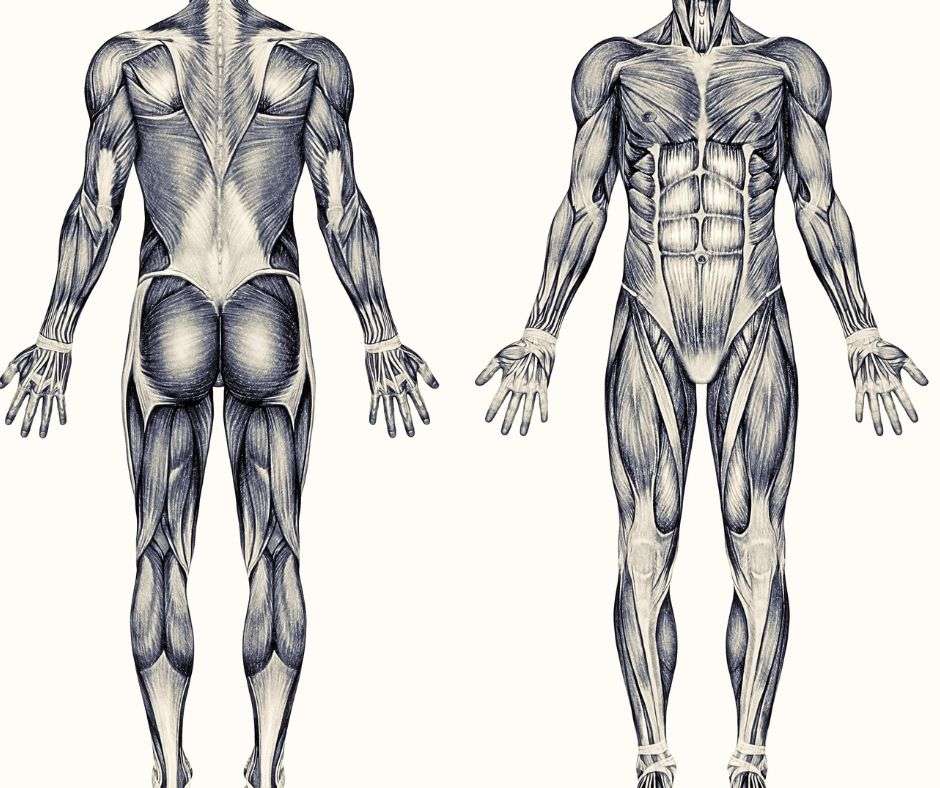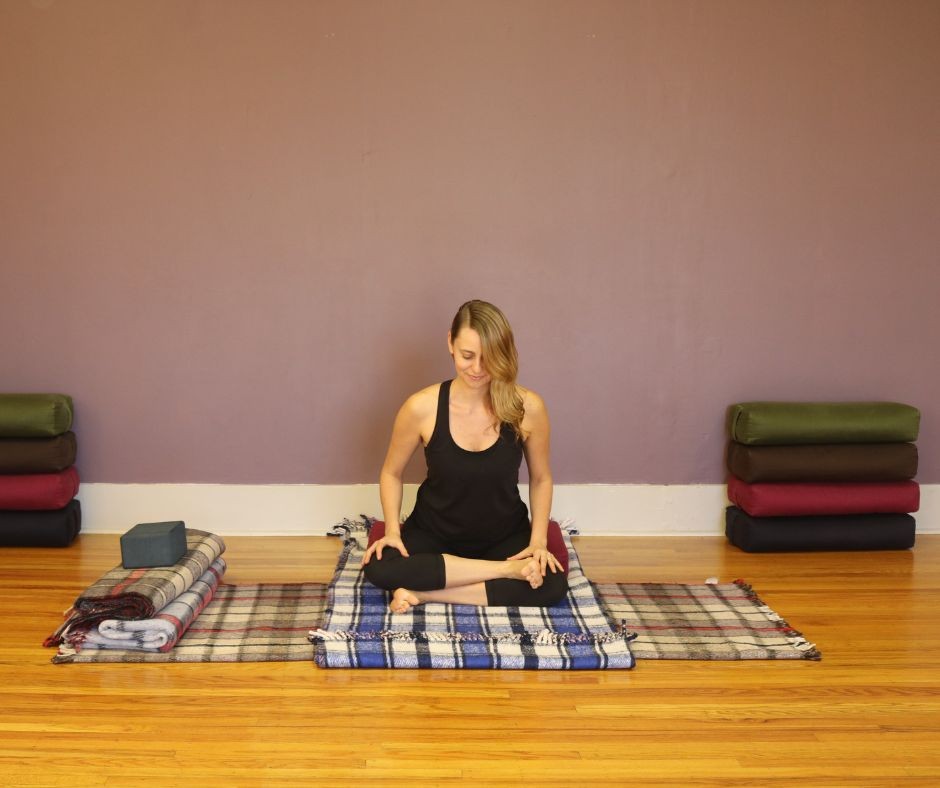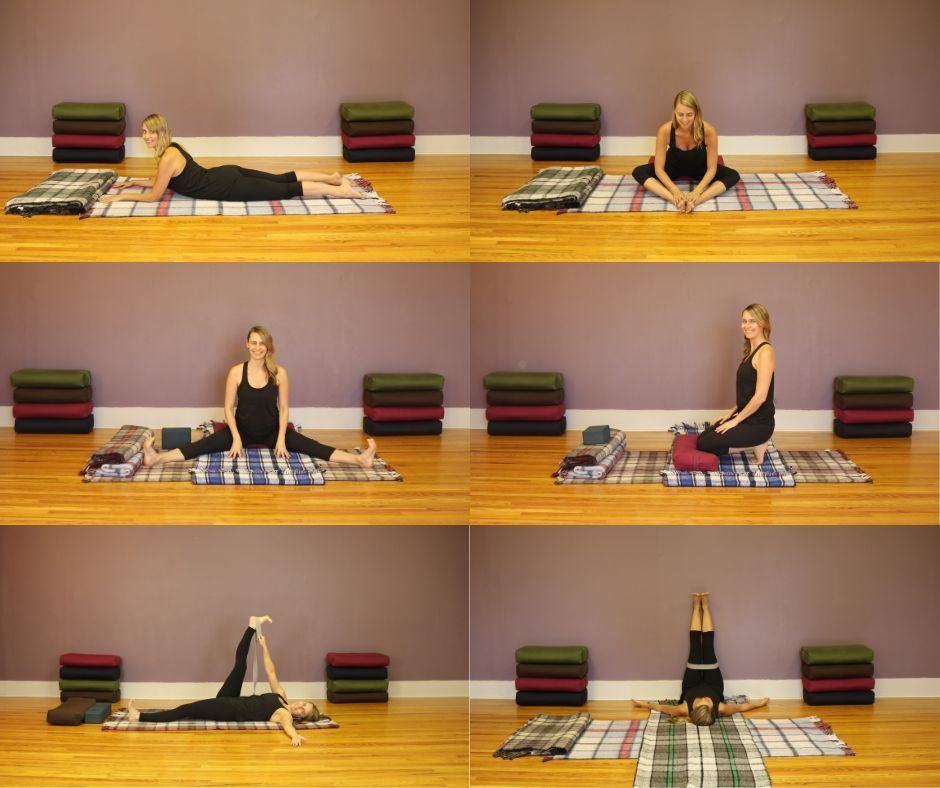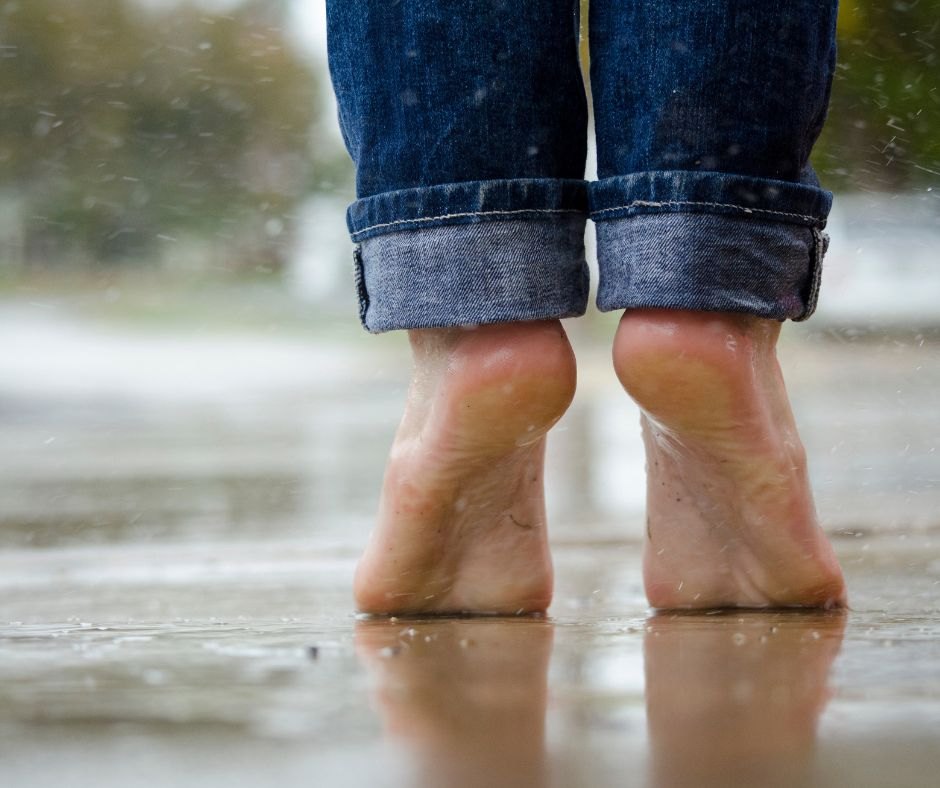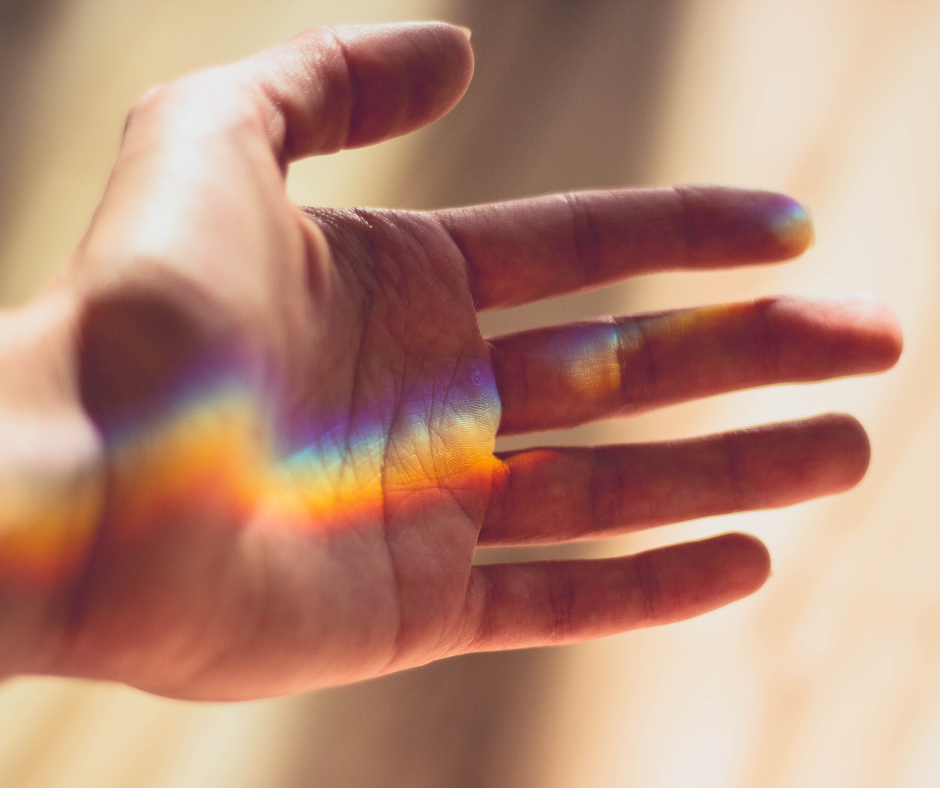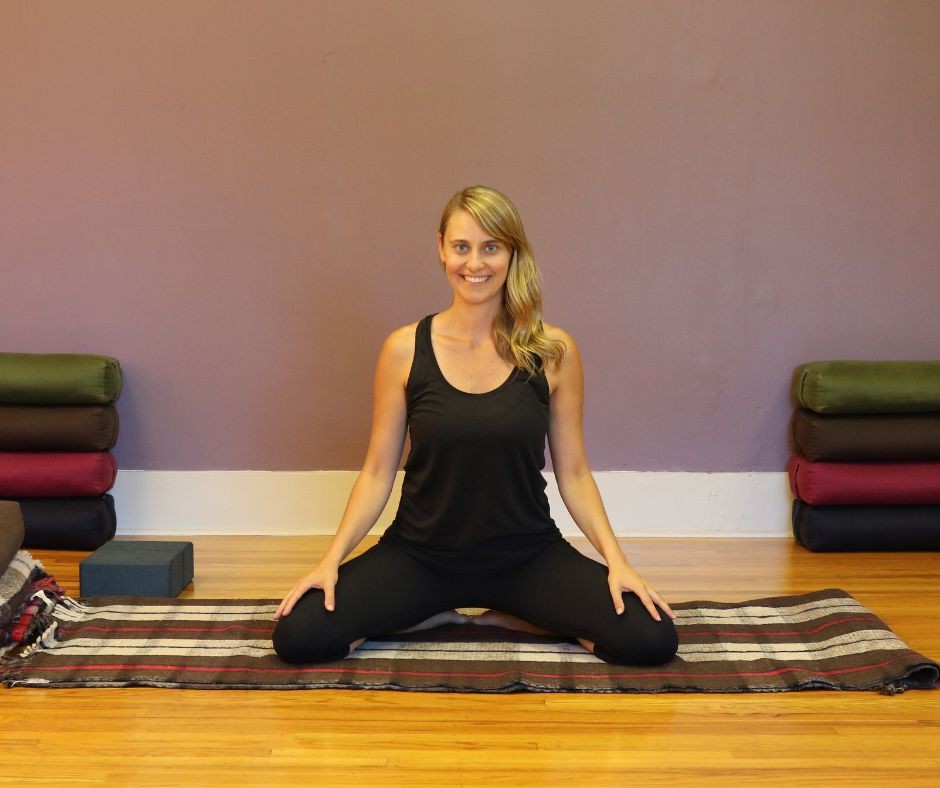Myofascial Sheaths
The “myo-fascial” lines, planes, or sheaths provide a helpful map when trying to understand how patterns of positive and negative stress relay and transfer through the structures of the body. In previous weeks I explored the lateral plane and the dorsal plane. Follow along in an exploration of the ventral plane below.
The Ventral Plane
The ventral plane of the body is similar to what Thomas Myers in his book “Anatomy Trains” refers to as the “superficial front line”. When standing, the front line of the body functions as a continuous sheath of tissue. Overall, the front plane helps to balance the back (dorsal) line in the body. It’s also responsible for a kind of ‘lifting up’ of certain bony structures such as the pubic bone, and the rib cage. The ventral plane also helps to protect the organs in the torso that would otherwise be exposed and vulnerable.
The ventral sheath starts at the top of the feet and travels up the front of the legs (tibialis anterior and quadriceps), to the pubic bone, and all the way up the front of the torso (rectus abdominus) to the sides of the neck (sternocleidomastoid).
Self Protection and the Front Body
A common postural indication of imbalance between the front and back plane is a person who’s front body seems to sag down, or draw in, and who’s back body seems to lift up. This posture resembles a person who feels threatened (similar to the startle response). From this perspective a yoga practitioner can understand the relationship between a tight or shortened abdominal area and how this possibly indicates self protection and/or a lack of true personal power which classically resides in the belly center (3rd chakra).
"SRADDHA VIRYA SMRTI SAMADHI PRAJNAPURVAKA ITARESAM"
"A space of nourishment for growth is preceded by trust, strength, mindfulness, focus and refined knowledge"Yoga Sutra 1.20
While experiencing the below poses reflect on your relationship to sraddha (trust). Connect with your innate intelligence within that knows you are capable. Rest in a place of knowing you are safe in this moment and that your divine nature helps to guide every moment of your life.
Movement to Open the Ventral Plane
Before you begin, lay on your back and bring your attention into your body. Notice if you seem to be holding yourself up from the ground. Bring your attention to your lower abdomen, the center of your chest, and the top of your chest. Observe any gripping or tensing, and notice any feelings or tightness. Sense whether your shoulders seem to fall forward towards your chest (lift off the floor). As you settle bring your breath deeper into the body and consciously relax your belly, chest, and shoulders.
Backbends help to open and lengthen the ventral plane. Start with smaller backbends and add twisting poses before deeper backbends. This will encourage the bands of tissue that run horizontally (abdominal obliques) and the bands that run vertically (rectus abdominus) to mobilize and slide more easily against one another. Use the below poses to open and feel the ventral sheathing for yourself:
- Vajrasana (broken toe) – Kneel on the floor, tuck your toes, and sit back on your heels. Work towards having all ten toes tucked and don’t allow your heels to fall out to the side. If sitting all the way back is too painful place a block on your heels to sit on, or place your hands on a chair in front of you to reduce the pressure. Use this pose to open the front of the foot (retinaculum and extensors).
- Danurasana (bow) with bolster – Place a bolster horizontal across your mat. Lay on the bolster (place bolster under your low ribs and upper belly). Place your elbows and forearms on the bolster. Bring your feet and knees close together. Bend your knees and grab your flexed feet with your hands. Roll your shoulder blades back and in. Kick into your hands with your feet to lengthen the front of your body. In this variation your hips, thighs, and knees can stay on the floor. Focus on drawing the coccyx (tailbone) in and lifting the sternum up.
- Supta Virasana (reclined hero’s) – Sit between your feet with the sitting bones firmly rooted. If your sitting bones don’t contact the floor use a block or another support under you. Place your feet beside your outer hips with your toes pointing directly back. From this position lean back and support your spine on a bolster or lay directly onto the floor. Lengthen your sacrun away from your lumbar and don’t allow the knees to splay out to the sides. As much as possible track the thigh bone (femur) in a straight line with the hip.
- Salamba Setu Bandhasana (supported bridge pose) – Place a bolster lengthwise on your mat and a block at the end of the bolster. Loop a yoga strap around your thighs. Make sure the loop is tight enough to keep your legs together. Support your sacrum and legs with the bolster and place your feet on the block. Lay your shoulders and head off the bolster on the floor. If you experience lower back pain in this pose use more height under your feet or bend your knees. Soften across your belly and throat.
I hope that helps to open your ventral plane 🙂 Thank you so much for reading!
Follow along on an exploration of the planes of the body by signing up for my mailing list. And make sure to leave a comment below if you have questions or comments!

